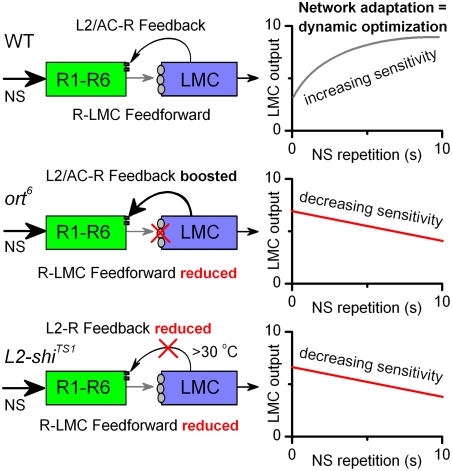Figure 9. Feedforward and feedback pathways are necessary components for network adaptation.
In the WT R-LMC-R system (top), LMC output increases with naturalistic stimulus (NS) repetitions by network adaptation (increasing sensitivity) set by a dynamic equilibrium between light-mediated conductance and feedback-mediated synaptic conductances. In the ort6 R-LMC-R system (middle), mutated ort6 histamine receptors act as a strict high-pass filter [8], reducing throughput of the feedforward pathway and depolarizing LMCs and AC. This amplifies the feedback connections to photoreceptors, pushing the dynamic equilibrium toward extreme “light adaptation” in all luminance levels. Thus, LMC output contains predominantly high-frequency signals and cannot be improved over time (decreasing sensitivity). In the L2-shiTS1 R-LMC-R system at 30°C (bottom), L2-R feedback is reduced and the dynamic equilibrium shifts toward dark adaptation. As less information is returning to photoreceptors, their output is modified less efficiently and the LMC output desensitizes, tracking mostly the photoreceptor adaptation (decreasing sensitivity).

